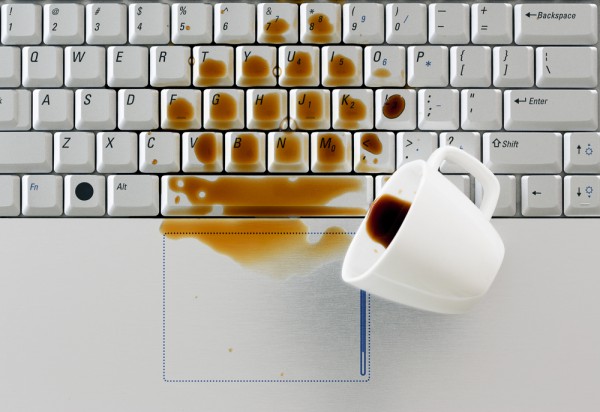tulikomento
Supreme Leader
US Air Forcen dramatisoitu dokumenttifilmi ydinsodan käynnistymisestä. Kuvattu joskus 50-luvun loppupuolella kun tässä kuvataan pääosin strategisten pommikoneiden operointia.
Follow along with the video below to see how to install our site as a web app on your home screen.
Note: This feature may not be available in some browsers.
Jotenkin tulee mieleen, että kyseessä on Kim Jong-unin ns. "butt plug"

https://www.tiede.fi/artikkeli/uutiset/kvarkkien-fuusio-vapauttaisi-hurjasti-energiaa
The U.S. conducted 210 atmospheric nuclear tests between 1945 and 1962, with multiple cameras capturing each event at around 2,400 frames per second. But in the decades since, around 10,000 of these films sat idle, scattered across the country in high-security vaults. Not only were they gathering dust, the film material itself was slowly decomposing, bringing the data they contained to the brink of being lost forever.
For the past five years, Lawrence Livermore National Laboratory (LLNL) weapon physicist Greg Spriggs and a crack team of film experts, archivists and software developers have been on a mission to hunt down, scan, reanalyze and declassify these decomposing films. The goals are to preserve the films’ content before it’s lost forever, and provide better data to the post-testing-era scientists who use computer codes to help certify that the aging U.S. nuclear deterrent remains safe, secure and effective.
https://fas.org/blogs/security/2017/11/ssmp2017/The 2017 SSMP breaks down the extensive nuclear weapons modernization plan:
- W76-1 LEP: Complete production in 2019. With production of the W76-1/Mk4A having reached 80% and scheduled completion in 2019, Joint Flight Tests for the W76-0 has now stopped. That means it is official out of the stockpile and that all W76 war reserve warhead are now of the new W76-1 design.
- W87: Gas Transfer System (GTS) field refurbishment appears to have slipped halfway through 2019 with completion in 2024 instead of 2023.
- B61-12 LEP: First production unit in March 2020. Because program is moving ahead, the Nuclear Weapons Council in 2016 agreed to reduce surveillance tests for the B83 and B61-3, -, -7, and -10 bombs (the -10 has been retired).
- W88 Alt 370: First production unit December 2019. Cost estimate has increased by 11 percent since 2015.
- W80-4 LEP: First production unit in 2025. Will use IHE of W80-1 but with new surety features. Unique program risks due to parallel integration with LRSO missile.
- IW1 (W78/W88): Studies and engineering to begin in 2020 and production to run from 2031 to 2041, a bit shorter than depicted in the 2016 SSMP. Will use W87 pit. ICBM first production unit in 2030 for use in Mk21 RV. SLBM first production unit in 2032 for use in Mk5 RB. PF-4 facility at Los Alamos in August 2016 “fabricated a W87 pit as part of the planned development series,” but next War Reserve pit is not scheduled until 2023.
- IW2 (W87/W88): ICBM first production unit in 2035. SLBM first production unit in 2036.
- IW3 (W76-1): ICBM first production unit in 2041. SLBM first production unit in 2042.
The 2017 SSMP also reaffirms the commitment to the “3+2” warhead strategy (which actually is a 6+2 strategy) even though the program is too expensive and potentially threatens the US nuclear testing moratorium. The “3” are so-called “interoperable warheads” intended for deployment on the ICBMs and SLBMs. The SSMP describes the Nuclear Weapons Council’s definition of an IW as “an interoperable NEP [Nuclear Explosive Package], with adaptable non-nuclear components on SLBMs and ICBMs.”
But even though “[f]inal designs of NEPs for the IW1, IW2, and IW3 warheads are yet to be determined,” the SSMP nonetheless confidently declares that the “3+2 Strategy preserves confidence in the stockpile’s operational reliability and effectiveness, while mitigating risk and uncertainty.” IW1 production is not expected until 2031, and I bet there are a couple of more design evaluations and decisions before NNSA can make any realistic assessment about reliability and effectiveness.
Moreover, I hear a lot of grumbling in the Navy and Air Force with concerns about introducing significantly modified warhead designs when the existing versions work just fine. Indeed, because the IW designs have not been tested in the assembled configuration envisioned, the 3+2 plan could introduce new uncertainties into the stockpile about warhead reliability and performance.
The Nuclear Posture Review is considering modifying a SLBM warhead to primary-only configuration to enable rapid low-yield strikes with ballistic missiles.
https://www.armscontrolwonk.com/archive/1204687/agonizing-over-the-agni/India launched the Agni-V intermediate-range ballistic missile.
Launch a missile, get a pod.
Aaron is skiing in Vail, so The Diplomat‘s Ankit Panda joins Jeffrey to discuss India’s nuclear and missile programs from rail mobile missiles to the guy who flooded India’s only ballistic missile submarine.
Kyllä varmaan se ohjuslavetin ampuisi mieluummin kuin tuon... Toivoa saa, että amettia on riittävästi, jos sattuu osumaan itse ohjukseen.
